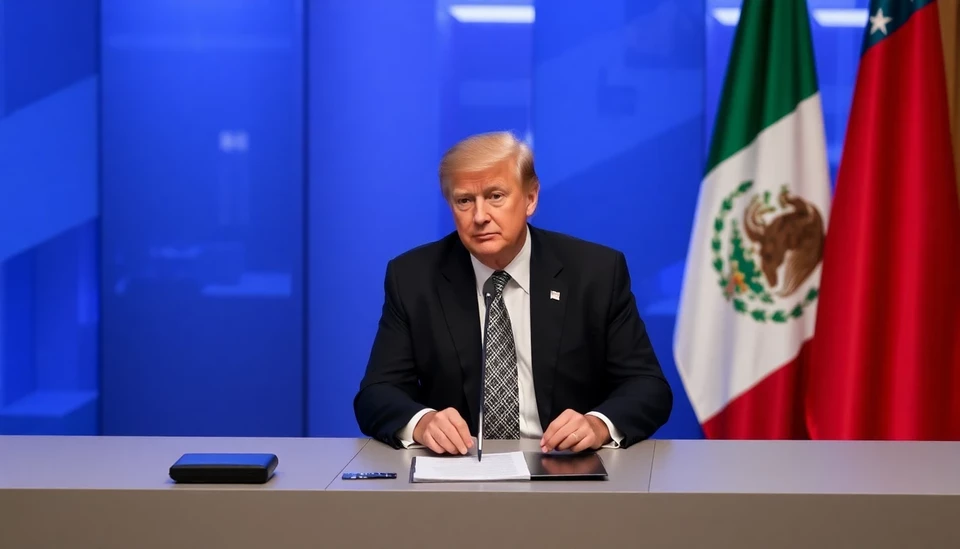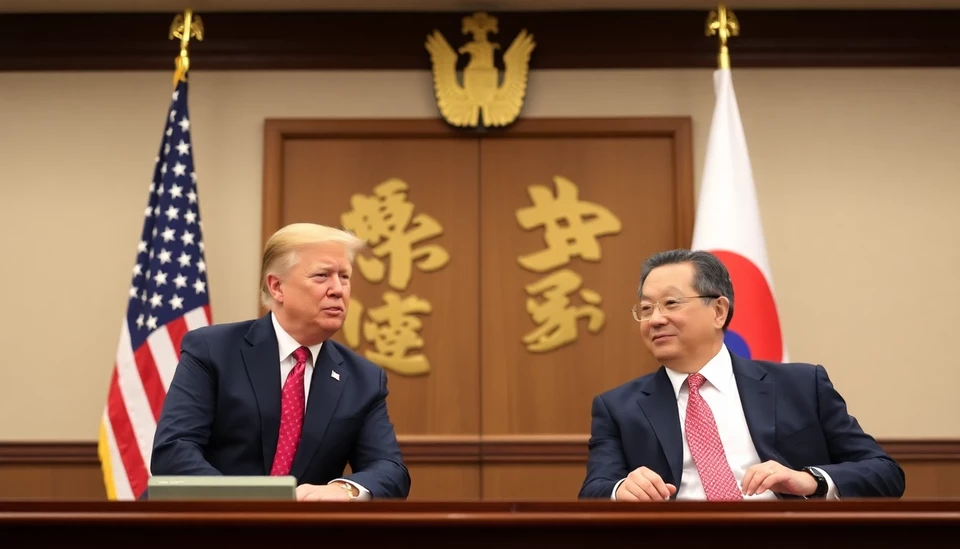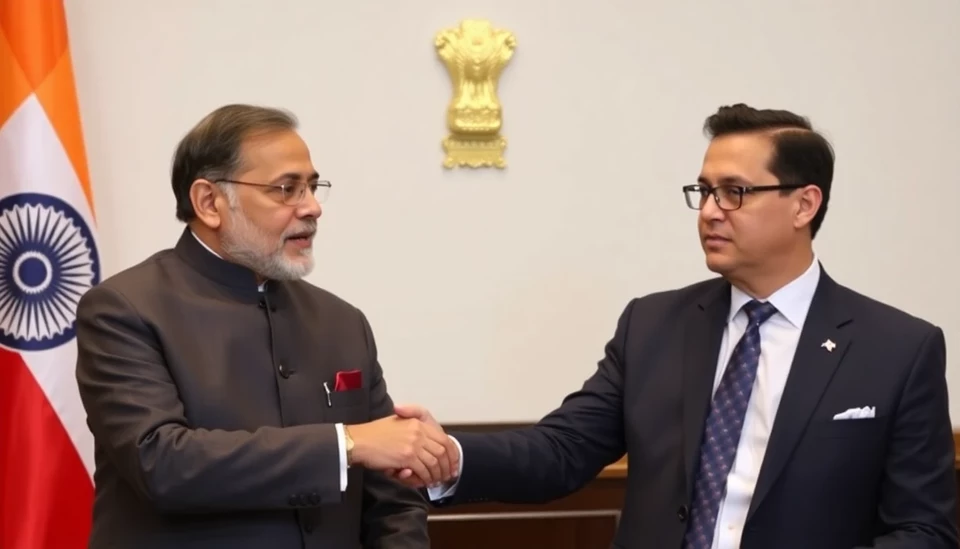
In a landscape riddled with economic uncertainties, the complex architecture of tariffs instituted during former President Donald Trump’s administration is sowing confusion among trade negotiators and market analysts alike. As the world economy grapples with the implications of these tariffs, stakeholders on both sides of the negotiating table are left to navigate a labyrinthian web of tax structures. As the economic climate shifts and evolves, the ramifications of these tariffs extend far beyond simple numbers on a ledger.
The tariffs, which were originally meant to protect American industries by imposing taxes on imported goods, have been met with varying responses from affected countries. Many international trading partners have retaliated with their own tariffs, thus complicating the trading environment. Negotiators are now faced with the daunting task of untangling these economic restrictions while seeking to restore balance within the trade ecosystem.
Key players in this complicated scenario include not only negotiators from foreign countries but also industry representatives from crucial sectors such as agriculture, manufacturing, and technology. Each sector has its own unique concerns shaped by existing tariffs. For example, in the agricultural sector, farmers are pleading for relief from tariffs on their products to regain competitive footing in international markets. Meanwhile, manufacturers are advocating for a reevaluation of tariffs that increase their operational costs and hinder their ability to compete globally.
As discussions continue, it's essential to understand that the intricacies of tariff negotiations are not just limited to removing or adjusting numbers; they involve profound considerations such as national security, employment levels, and economic growth. The sensitivity surrounding these discussions highlights the potential for economic fallout not just for the United States, but for the wider global economy as well.
Despite this turmoil, some experts suggest that there may be an opportunity for a comprehensive trade agreement that could lead to a resolution of these tariff issues. The possibility of bipartisan support for reworking or repealing certain tariffs exists, especially as economic pressures mount. Stakeholders are hoping that a collaborative approach could yield a more equitable trading system that benefits all involved.
However, while the potential for positive change exists, the path forward is anything but clear. Each negotiation requires a careful balancing act of interests and demands from various sectors, and the political landscape remains highly charged. As these discussions unfold, the unpredictability of tariff-related decisions keeps market analysts on their toes, attempting to forecast how these changes will ripple through the economy.
In conclusion, the legacy of Trump’s tariffs presents a formidable challenge for current negotiators. As they strive to bring about a more favorable trade environment, the complexities involved in these ongoing discussions illustrate just how difficult navigating such tangled economic policies really is. The outcome of these negotiations could redefine international trade relationships and impact the global economy for years to come.
#TradeNegotiations #TrumpTariffs #EconomicImpact #InternationalTrade #MarketAnalysis
Author: Laura Mitchell




